What Is Haglund’s Deformity?
Haglund’s deformity is a bony growth that develops on the back of the heel. The tissue surrounding the Achilles tendon reacts when the bony protrusion makes contact with the heel of your shoes. This often leads to the development of another condition called bursitis, which is an inflammation of the bursa (a fluid-filled sac that sits between the tendon and bone).
Causes of Haglund’s Deformity
Haglund’s deformity is often caused by improper or overly-rigid footwear as it makes constant contact with your heel. This list includes rigid, unpadded footwear such as ice skates, dress shoes, or women’s pumps.
You may be genetically predisposed to developing this condition, as some hereditary food structures can increase the likelihood of you developing Haglund’s Deformity, they are as follows:
- A high-arched foot
- Overly tight Achilles tendon
- Pronated or Supinated heel.
Symptoms
Haglund’s deformity can occur in one or both feet. The symptoms include:
- A substantial growth on the back of the heel
- Pain around the heel
- Swelling
- Redness and inflammation
The experts at Foot and Ankle Specialists of Illinois will decide on a treatment method by assessing your symptoms, combined with x-ray imaging for a comprehensive analysis.
How to Prevent Haglund’s Deformity
The best way to prevent or manage Haglund’s Deformity is to limit activities that expose your ankles to repeated contact and abrasion, while also making smart footwear choices, opting for more padded and forgiving structures.
- Avoid shoes with a rigid heel back
- Orthotic shoe supports
- Frequently perform Achilles stretches to reduce tension
Nonsurgical Treatment Methods
The goal of non-surgical treatment is to limit inflammation and irritation. This can prevent the condition from worsening, but it will not remove the bony formation on the heel. Below is a list of non-surgical treatments that may be recommended by your specialist
- Medication.
- Oral nonsteroidal anti-inflammatory drugs (NSAIDs), such as ibuprofen
- Exercises
- Heel lift inserts
- Heel contact pads
- Shoe modification
- Physical therapy
- Orthotic devices
- Immobilization
When Is Surgery Needed?
If your condition continues to worsen and you achieve no relief from non-surgical methods, your foot and ankle specialist will recommend surgery to remove the growth and eliminate your pain. Each patient is unique and should always consult with a specialist about the best way to manage their condition.
Haglund’s Deformity Therapy in Algonquin, Illinois
If you have any additional questions about this condition or feel like you may be experiencing the symptoms related to Haglund’s, reach out to the experts at Foot and Ankle Specialists of Illinois today! Call our offices or schedule an appointment online today!

